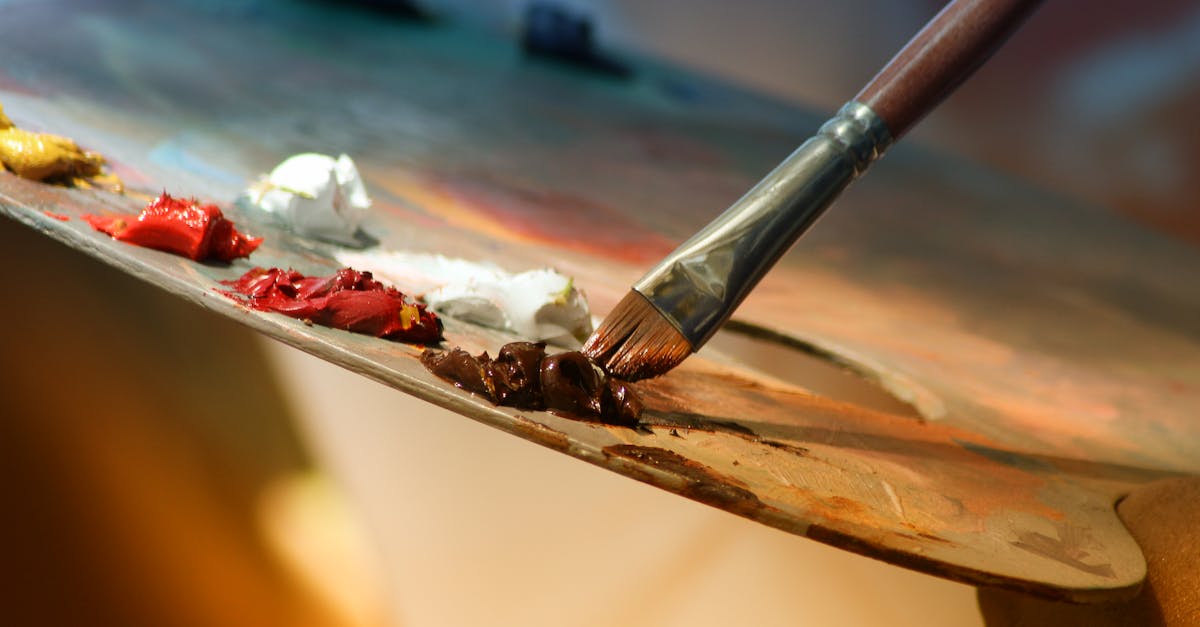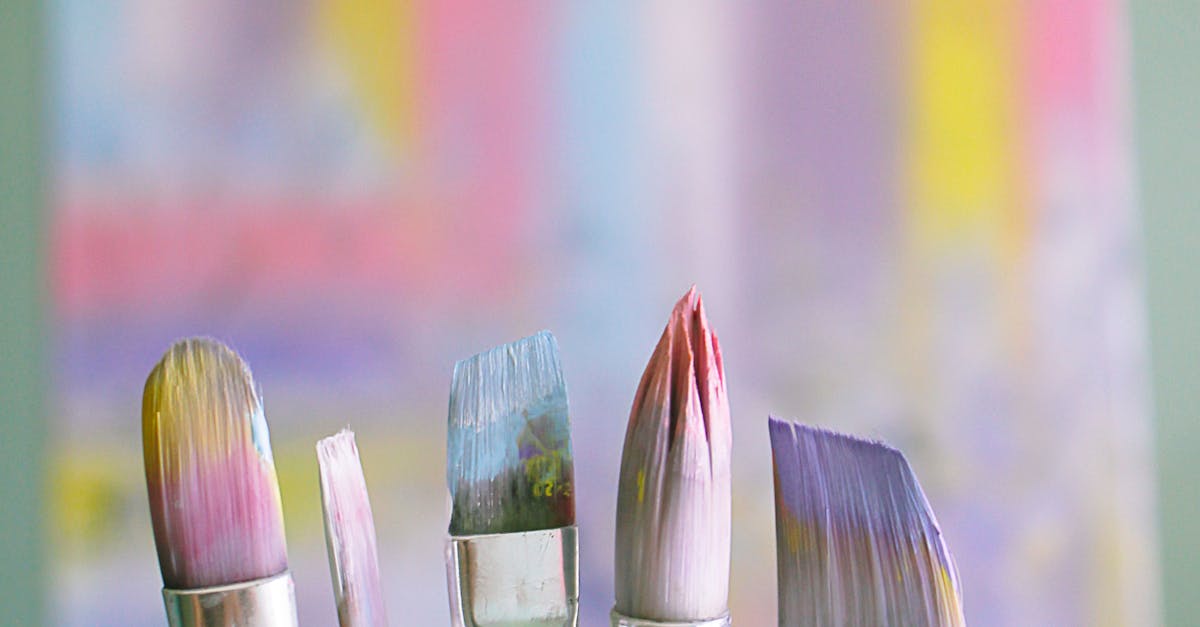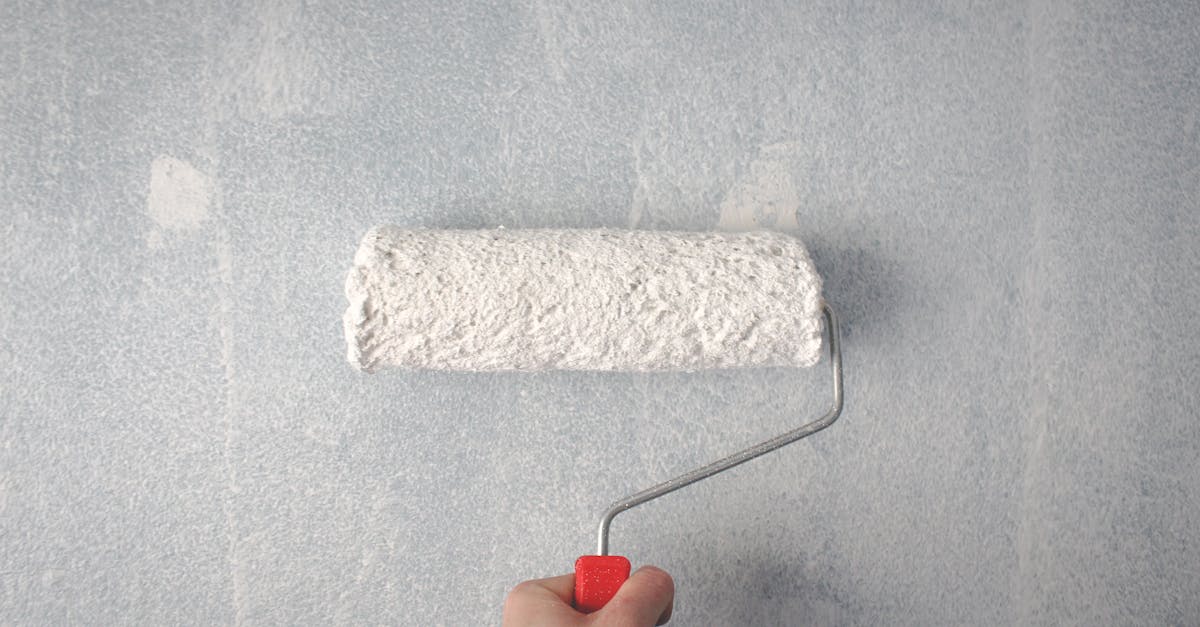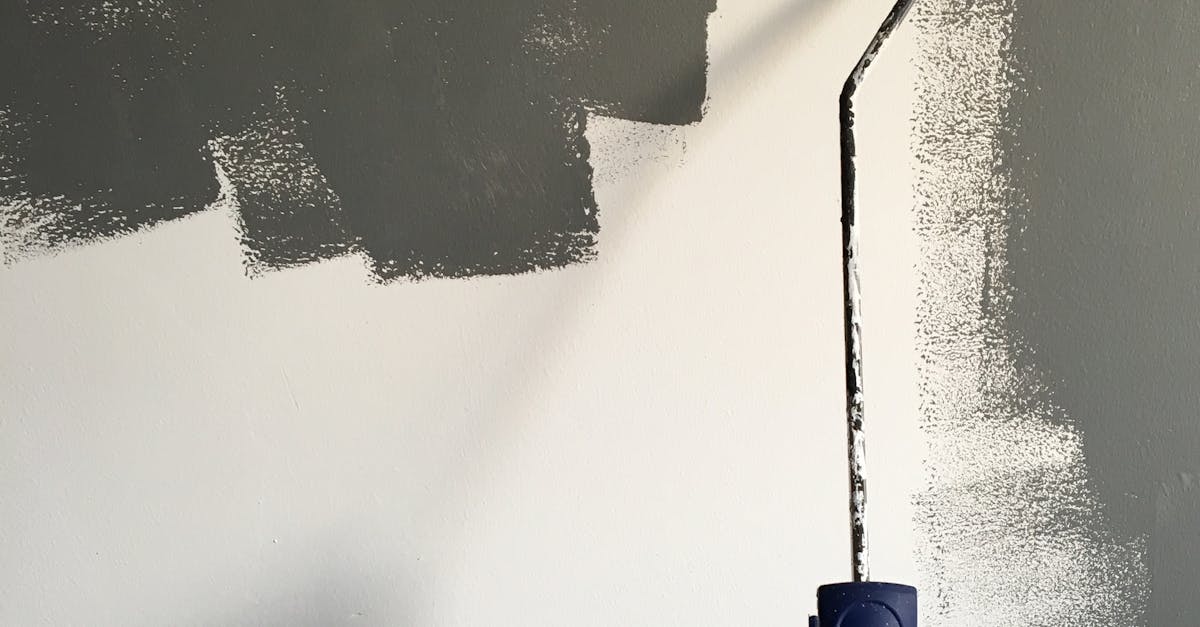
Cost Analysis
When it comes to the cost factor, drywall is generally more affordable compared to plastering in Berkshire. The material costs of drywall are relatively lower, making it a budget-friendly option for those looking to save on construction expenses. Additionally, drywall installation tends to be quicker and requires less labour, further contributing to its cost-effectiveness.
Conversely, plastering in Berkshire can be more expensive due to the higher costs associated with materials and the skilled craftsmanship required for application. While plastering may be pricier upfront, some argue that its durability and timeless appeal make it a worthwhile investment in the long run. Nonetheless, weighing the cost implications of drywall versus plastering is essential when planning your construction or renovation project.
Budgeting for Drywall vs Plastering
When budgeting for home renovation projects, choosing between drywall and plastering can have a significant impact on your expenses. Drywall is generally considered a more cost-effective option compared to plastering. The material itself is cheaper, and the installation process is usually quicker, resulting in lower labour costs. In contrast, plastering can be a more expensive choice due to the craftsmanship and skill required. Plastering in Berkshire, for example, may cost more than drywall installation in the same area.
When considering budgeting for drywall versus plastering, it’s essential to factor in the long-term maintenance costs. Drywall is generally more durable and requires minimal maintenance over the years, saving you money in the long run. On the other hand, plastering may require occasional repairs and touch-ups to maintain its smooth finish, which can add to the overall costs. Thus, while drywall may be the cheaper option initially, the potential for additional maintenance expenses should also be taken into account when making your decision.
Aesthetics
When considering aesthetics, both drywall and plastering offer distinct visual characteristics. Drywall provides a smooth and seamless finish, offering a modern look suitable for contemporary spaces. On the other hand, plastering offers a more traditional appearance with its textured and artisanal feel. In Berkshire, plastering is often chosen to create a classic and elegant atmosphere in homes and buildings, adding a touch of sophistication to the overall design.
In terms of design options, drywall allows for versatile finishes such as paint, wallpaper, or tiles to be easily applied, providing endless possibilities for customisation. Conversely, plastering in Berkshire offers unique design features like intricate mouldings and ornate details that can enhance the architectural style of a property. Whether one prefers the sleek simplicity of drywall or the intricate charm of plastering, both options provide opportunities to elevate the aesthetic appeal of interior spaces.
Design Options with Drywall and Plastering
Design options with drywall and plastering offer homeowners a variety of choices to enhance the aesthetics of their living spaces. Drywall, known for its smooth and clean finish, provides a modern look that can easily be painted or wallpapered to match any decor style. On the other hand, plastering gives a more traditional and textured appearance, adding character and depth to a room’s design. Both options allow for creativity in shaping the walls and ceilings to create unique features that suit individual preferences. Plastering in Slough, Berkshire, for instance, can bring a touch of elegance with its bespoke designs, while drywall offers a sleek and contemporary feel that complements modern interior designs beautifully.
Environmental Impact
When considering the environmental impact of construction materials such as drywall and plastering, it is vital to assess factors such as resource extraction, manufacturing processes, and waste generation. Plastering in Slough, Berkshire, for instance, typically involves the use of natural materials like lime and gypsum, which are more eco-friendly compared to the energy-intensive production of drywall. Furthermore, plaster can be recycled or even composted at the end of its lifecycle, reducing its overall environmental footprint.
On the other hand, drywall, although widely used for its affordability and ease of installation, is primarily composed of gypsum, a mineral that requires significant energy for extraction and processing. The production of drywall also generates a considerable amount of waste, adding to landfills and contributing to environmental degradation. Considering these aspects, it is essential for both homeowners and construction professionals to weigh the environmental implications of choosing between drywall and plastering for their building projects.
Sustainability of Drywall and Plastering
When considering the sustainability of construction materials, both drywall and plastering play crucial roles. In terms of sustainability, drywall is generally known for being more eco-friendly due to the lower energy consumption during its production compared to traditional plaster materials. However, it’s important to note that plastering also has sustainable qualities, such as being a natural material that can be recycled and reused, thus reducing waste.
Plastering in Slough, Berkshire has seen a resurgence in popularity due to its sustainable attributes, with more builders and homeowners opting for traditional plaster finishes that are not only durable but also environmentally friendly. By choosing locally sourced materials and employing skilled craftsmen to carry out the plastering work, the construction industry in areas like Slough promotes sustainability by reducing transportation emissions and supporting local trades.
FAQS
What is drywall?
Drywall, also known as plasterboard or gypsum board, is a panel made of calcium sulfate dihydrate (gypsum) sandwiched between two paper facings. It is commonly used in interior construction for walls and ceilings.
What is plastering?
Plastering involves applying a smooth and durable coating made of gypsum, lime, or cement to walls and ceilings. It is a traditional method of interior finishing that can be customised to achieve various textures and designs.
What are the main differences between drywall and plastering?
The main difference lies in the materials and application process. Drywall involves installing pre-made panels, while plastering requires skilled labour to apply a wet mixture directly to the surface and then smoothen it out.
Which is more cost-effective, drywall or plastering?
Generally, drywall is more cost-effective as it is quicker to install and requires less skilled labour compared to plastering. However, plastering can provide a more luxurious finish that may be worth the extra cost for some homeowners.
Are there differences in environmental impact between drywall and plastering?
Drywall is considered more environmentally friendly as it is made from natural gypsum and can be recycled. Plastering, on the other hand, may involve the use of cement, which has a higher carbon footprint. Both materials have their sustainability considerations.




